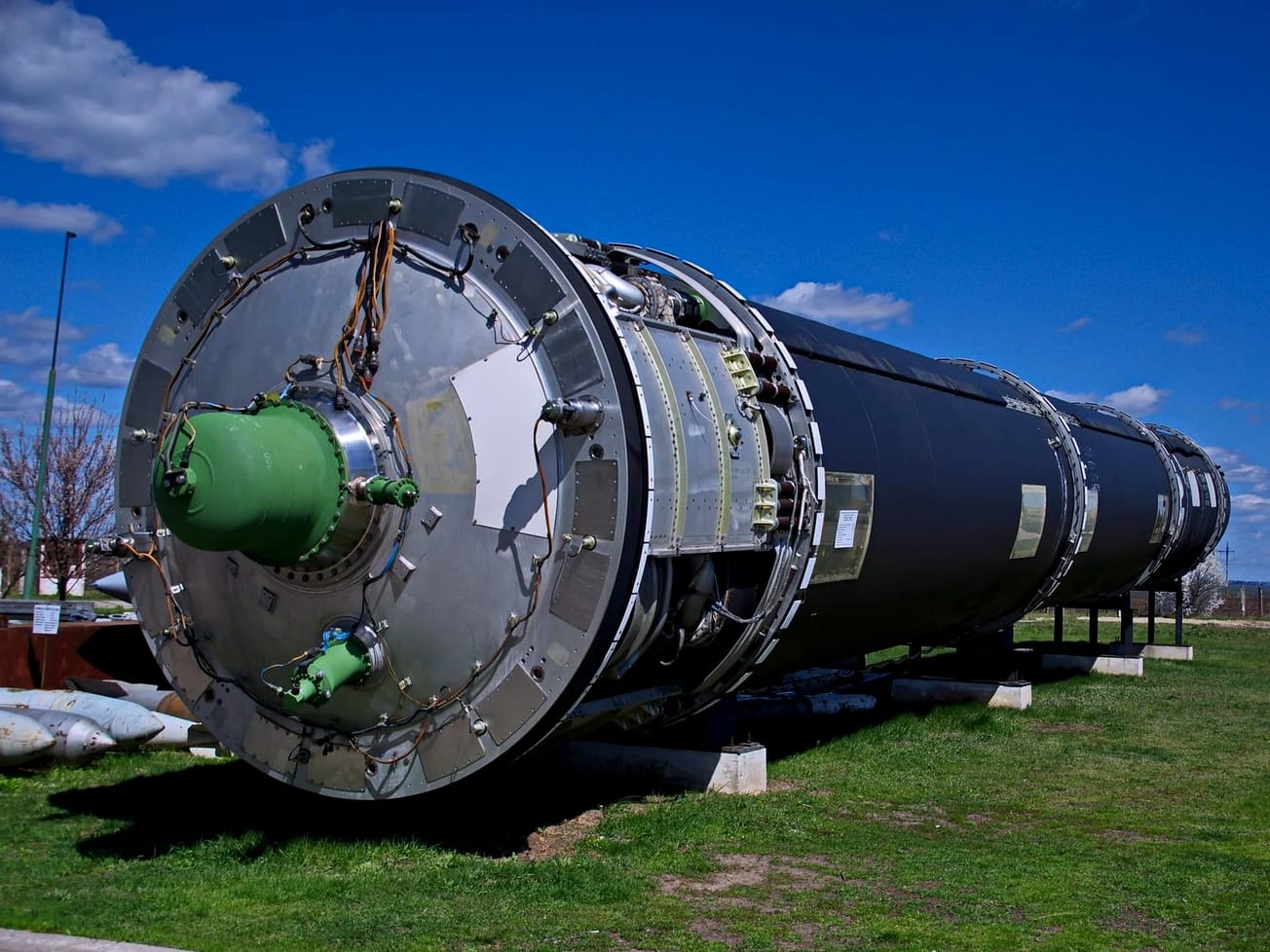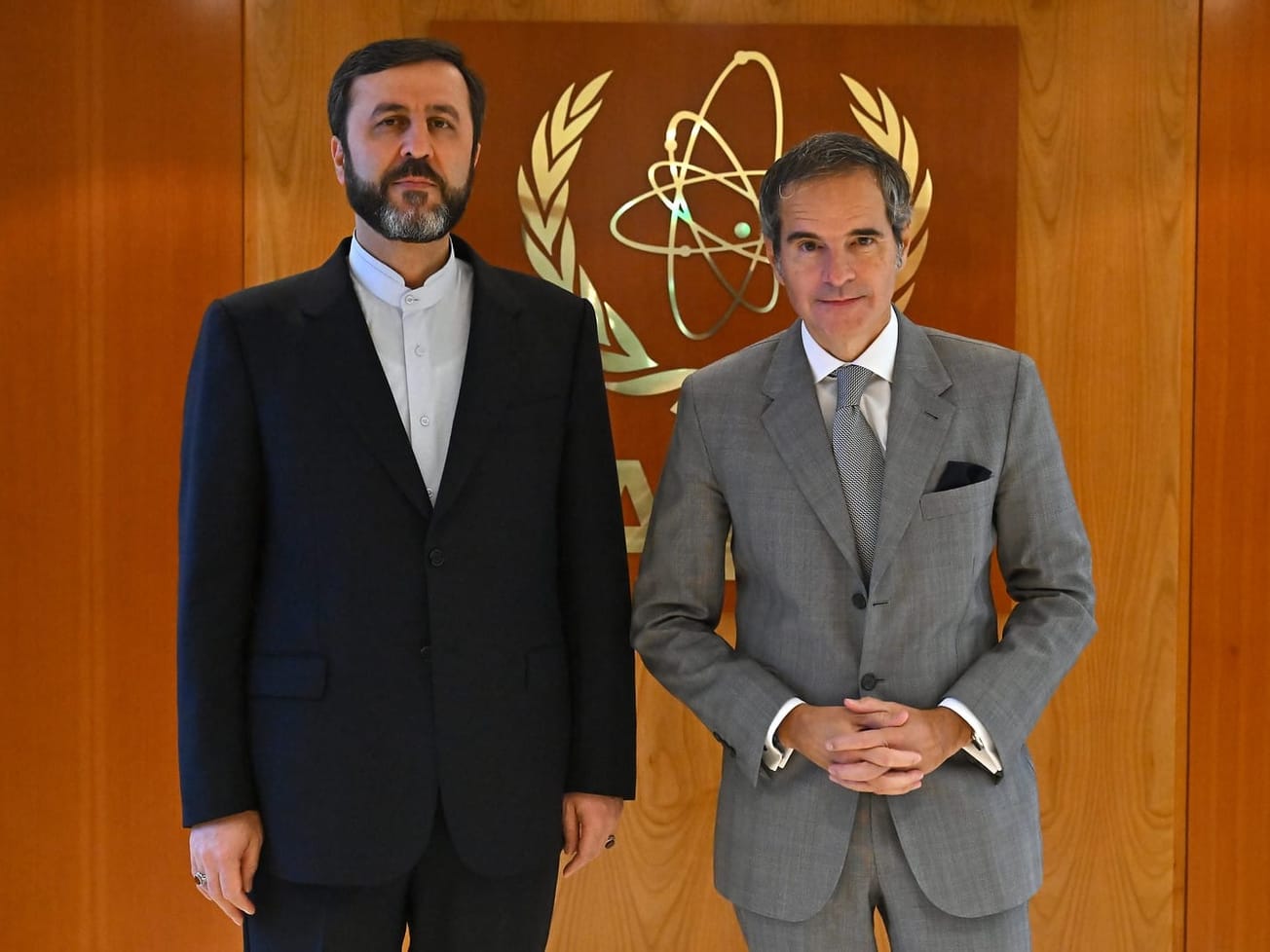WASHINGTON (AN) — The International Atomic Energy Agency said it will collaborate with the 10-member Association of Southeast Asian Nations on a framework for developing nuclear technology for peaceful purposes.
The five-year “Practical Arrangements” framework agreement was signed on the sidelines of the United Nations' nuclear watchdog agency’s annual General Conference that started this week in Vienna. It calls for cooperation in nuclear science and applications including safety, security, and safeguards, the international organizations said in a statement.









